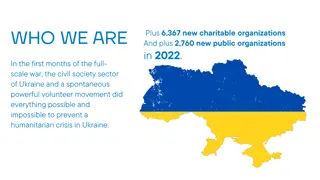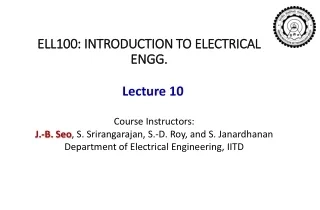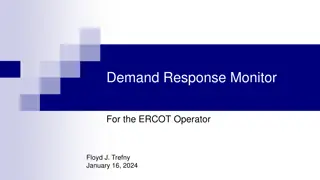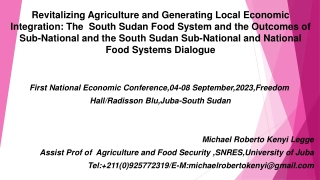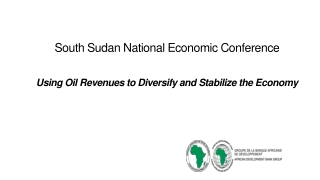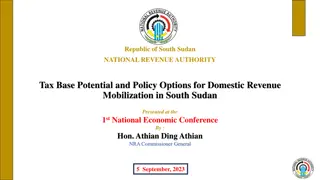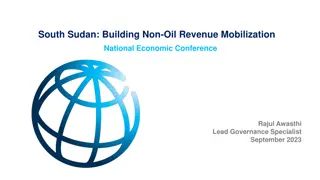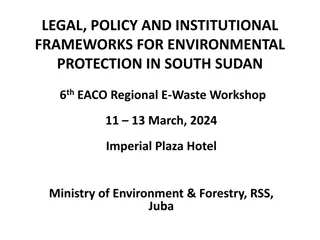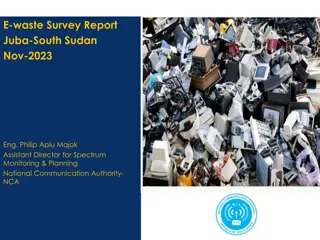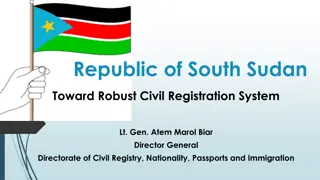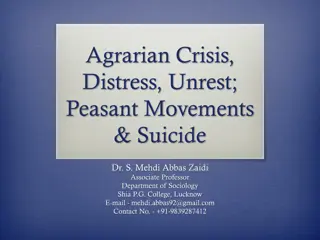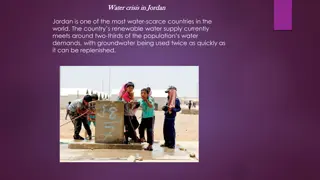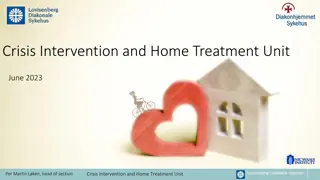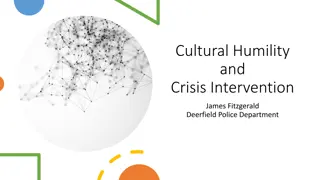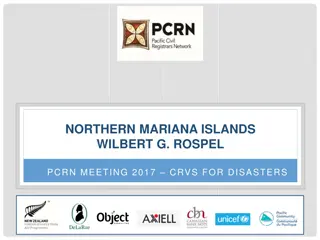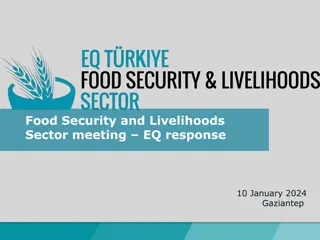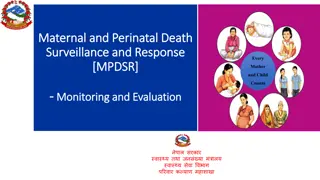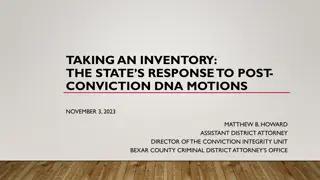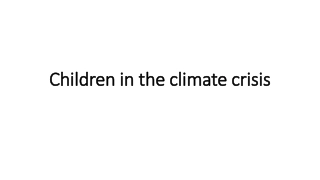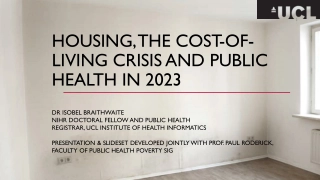Sudan Crisis Response
Reports indicate child mortality risks among vulnerable populations displaced by the Sudan crisis. Factors such as delays in transportation, gaps in food assistance, and disrupted nutrition care contribute to the heightened risk. Recommendations focus on improving nutrition care, transportation protocols, and information sharing to safeguard children and pregnant or lactating women. Food assistance, livelihood support, and equitable aid distribution are emphasized to address critical needs during transit and at final destinations.
Download Presentation
Please find below an Image/Link to download the presentation.
The content on the website is provided AS IS for your information and personal use only. It may not be sold, licensed, or shared on other websites without obtaining consent from the author. Download presentation by click this link. If you encounter any issues during the download, it is possible that the publisher has removed the file from their server.
Presentation Transcript
Sudan Crisis Response August 2023
Anecdotal reporting of Child Mortality Anecdotal reporting of Child Mortality There have been reports from affected communities and humanitarian partners of child mortality on humanitarian facilitated boat movements between Renk and Malakal, and between Malakal and onward locations. Contributing factors - The population displacing from Sudan is already highly vulnerable, and has become more vulnerable as the conflict has gone on Delays in onward transportation have caused returnees to remain in transit locations for up to a month before being moved on Food assistance provided at transit centres does often not cover the duration of transit, resulting in substantial gaps Preventative nutrition care has been substantially disrupted in transit centres, particularly Malakal Limited access to food and nutrition services have been compounded by poor multisectoral service provision including WASH, shelter, NFI, and healthcare The provision of foods during boat transit is also a significant gap - - - - - The combination of these contribution factors points towards an increased risk of child mortality
Recommendations Recommendations 1. For U5s and PLWs who are admitted for treatment of acute malnutrition (in-patient care) in transit centres, transportation is to be delayed to a later date until the patient is fully recovered, referred to outpatient care, and can travelto limit premature exit/discharge from the health and nutrition programmes. 2. All children and PLWs screened and enrolled in the nutrition programme (outpatient care) must be provided with nutrition and food supplies to cover the journey to the final destination. 3. Improved information sharing regarding onward transportation and enrollment to the health and nutrition programmes is necessary in transit centres and locations of final settlements to ensure strong referral pathways and continuity of service provision for vulnerable returnees.
FSL Recommendations FSL Recommendations 1. At the transit centres, food assistance is provided to returnees for a period of one week. Assistance should be made available for the duration of the transit, as access to alternative sources of food and livelihoods is extremely low. 2. The food response while on facilitated movements needs to be strengthened provide a pack of HEB per person, per day, for the duration of the journey. 3. Congestion at transit centres will increase competition over limited resources between host community and returnees, and could exacerbate tensions along ethnic and regional lines and between communities and humanitarian actors. 4. Ensure that equal support is provided to returnees facilitated by both boats and planes, if onward movement resumes. 5. Upon arrival at final destination, returnees should be supported with a combination of food assistance and seasonally relevant livelihoods support to increase productivity and to alleviate pressure on limited host community resources.






